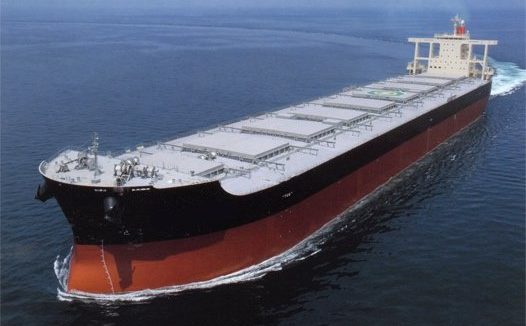 [[{“value”:”
[[{“value”:”

Our columnist returns to a favourite topic.
Recently we visited the subject of volatility of the dry bulk spot market concluding that it was exhibiting a very high level of volatility. The format of the column did not give us a chance to elaborate on the fact that although a majority of people make a fixation on the volatility of the spot market nobody in shipping is exposed to it contrary to the electricity market, for example.
In shipping FFA traders trade the front month, the front quarter, the front year or any other time strip where they see money to be made but not the spot. Shipowners keeping their vessels spot actually fix each ship every 30, 45, 60 days. More on this in a later column.
In this column we will focus on the use of standard deviation as the widely accepted thermometer to measure the temperature of the market. Pretty much like the Black-Scholes model should only be used if certain assumptions are met the use of standard deviation as a measurement of the volatility of a market implies that some assumptions are met. The main one is that the returns are normally distributed (Bell curve, 68% of returns are within plus one and minus one standard deviation from the mean).
Volatility is a proxy to measure the risk of blowing up
Generally returns are not normally distributed even in financial markets and even less in shipping markets. The first reason is that returns are usually skewed. For instance, in 2023 the average of returns of the capesize TC basket was + 0.5% and +0.33% between 2020 and 2024.
The second reason is that the so-called tail risk is much bigger than the one provided for by the Bell curve.
Another problem with standard deviation lies in the fact that it tends to fluctuate based on the length of the trailing time period used to make the calculation and/or the period of time selected to make the calculation. The volatility of the capesize TC basket depends on the trailing period and the period of observation.

One could argue that this is simply because the market does change over time and that would be a fair comment but the real question is which trailing period to chose as at a given time with a given portfolio one needs to assess the risk embedded in that portfolio. It is likely that the chief revenue officer will insist on using a six months tailing period while the portfolio manager will push for three months. One way around this is to stop using standard deviation as a proxy and opt for Monte Carlo simulation using actual long dated historical data.
Finally, volatility is one component of the market risk on which there is no control when there is a certain level of control on the volatility of the associated P&L. Cash is a remarkable risk management tool in order to decrease P&L volatility. Volatility in plain English is a proxy to measure the risk of blowing up.
Another risk, still expressed in plain English, is death by one thousand cuts: a trickle of small and steady losses ending up in bankruptcy.
Another part of market risk which is often forgotten and is probably the worst as it is not manageable is so-called liquidity, or more appropriately the lack of it, risk. What’s the point of torturing AIS data to stumble across a great trade if it is impossible to execute because of lack of liquidity? Food for thought.
The post Pierre Aury’s guide to volatility and shipping appeared first on Energy News Beat.
“}]]
